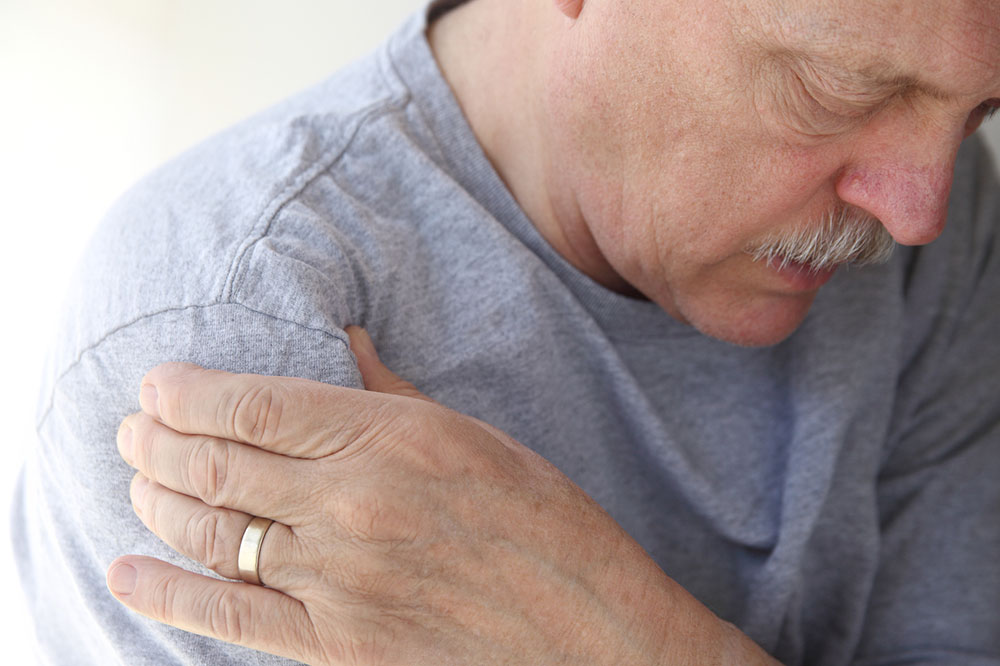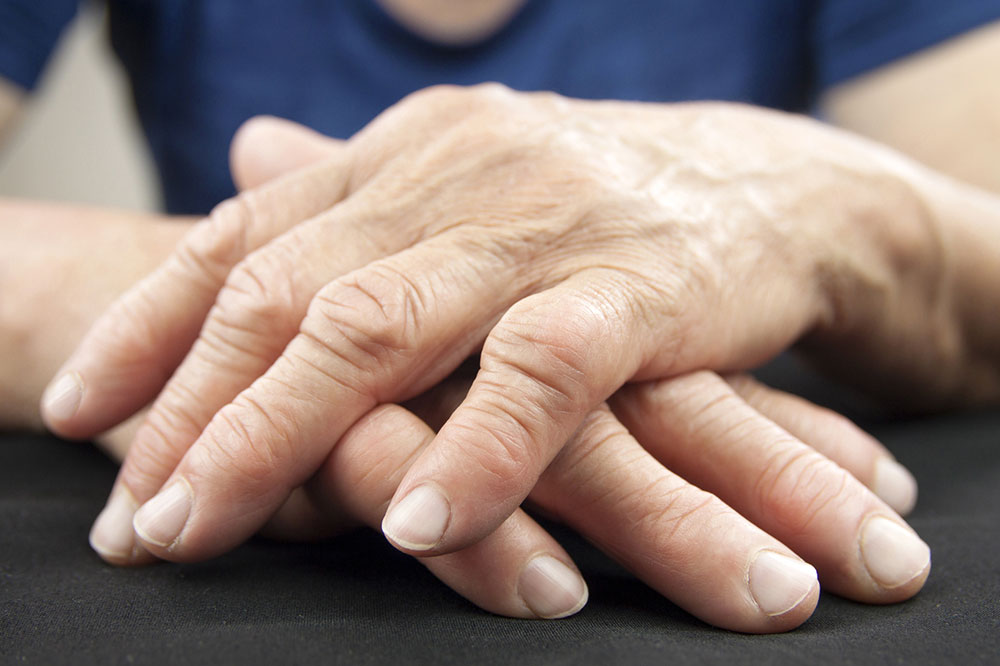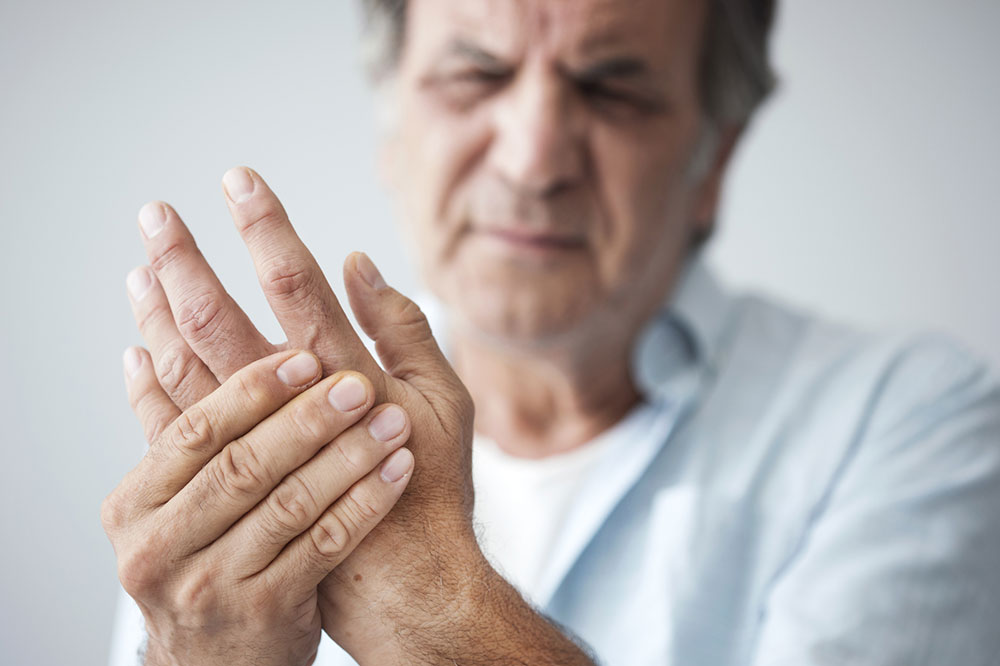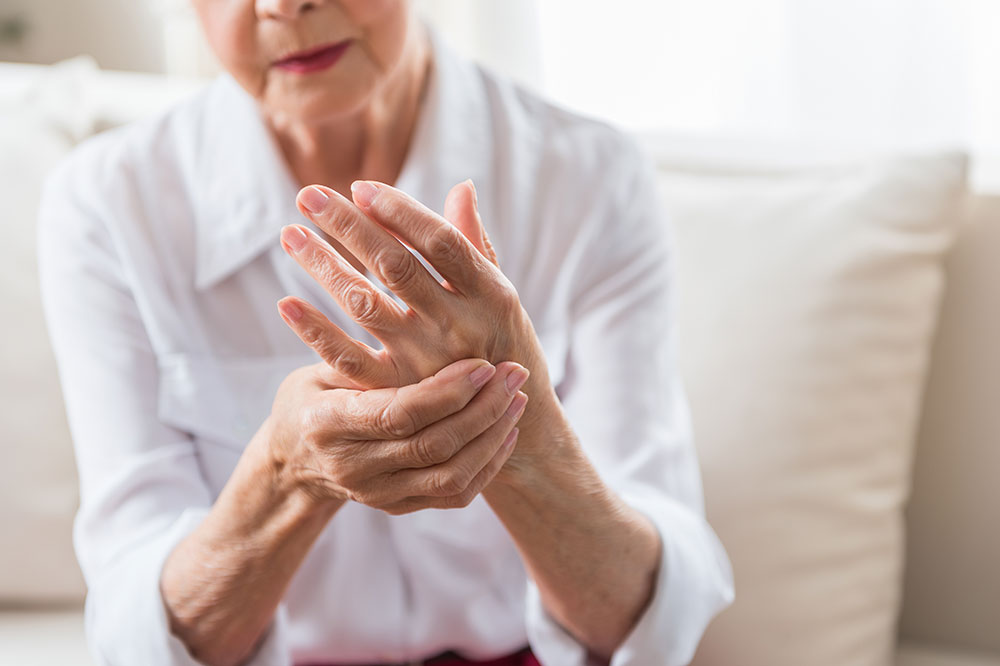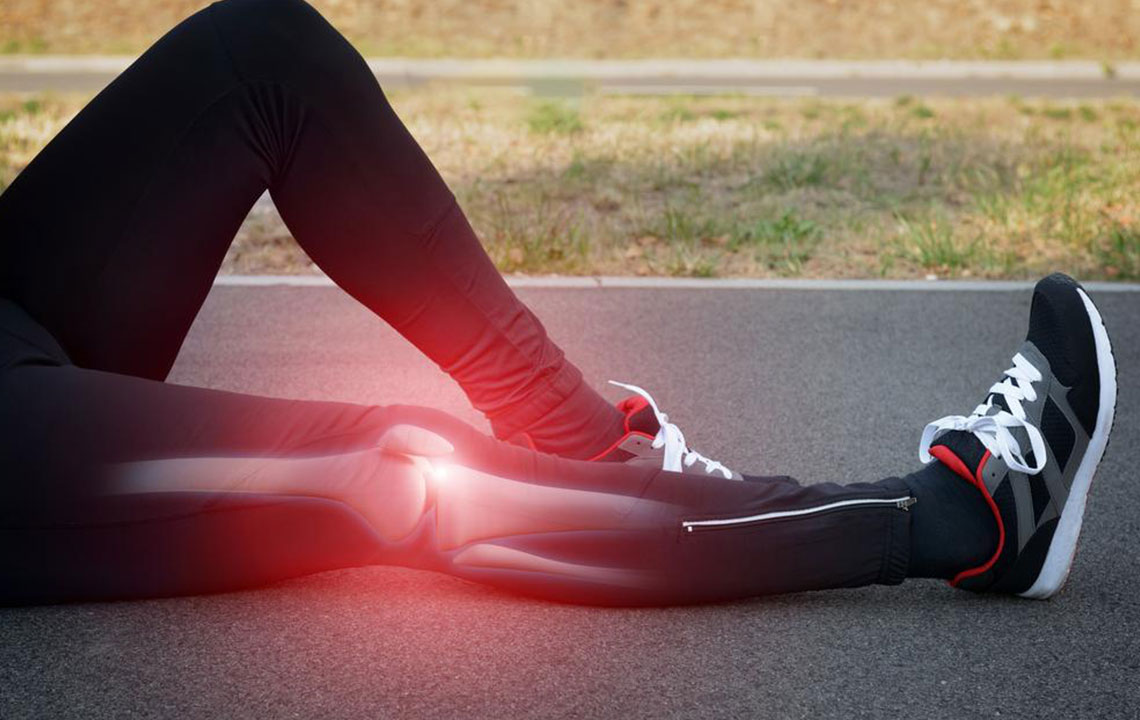Comprehensive Guide to Causes and Symptoms of Knee Discomfort
This comprehensive guide delves into the common causes and symptoms of knee discomfort, exploring injuries like meniscus tears, osteoarthritis, ligament sprains, bursitis, and more. Understanding these conditions supports timely diagnosis and effective treatment, promoting knee health and mobility. Suitable for those experiencing knee pain, athletes, and older adults, this article emphasizes the importance of professional consultation for persistent discomfort.
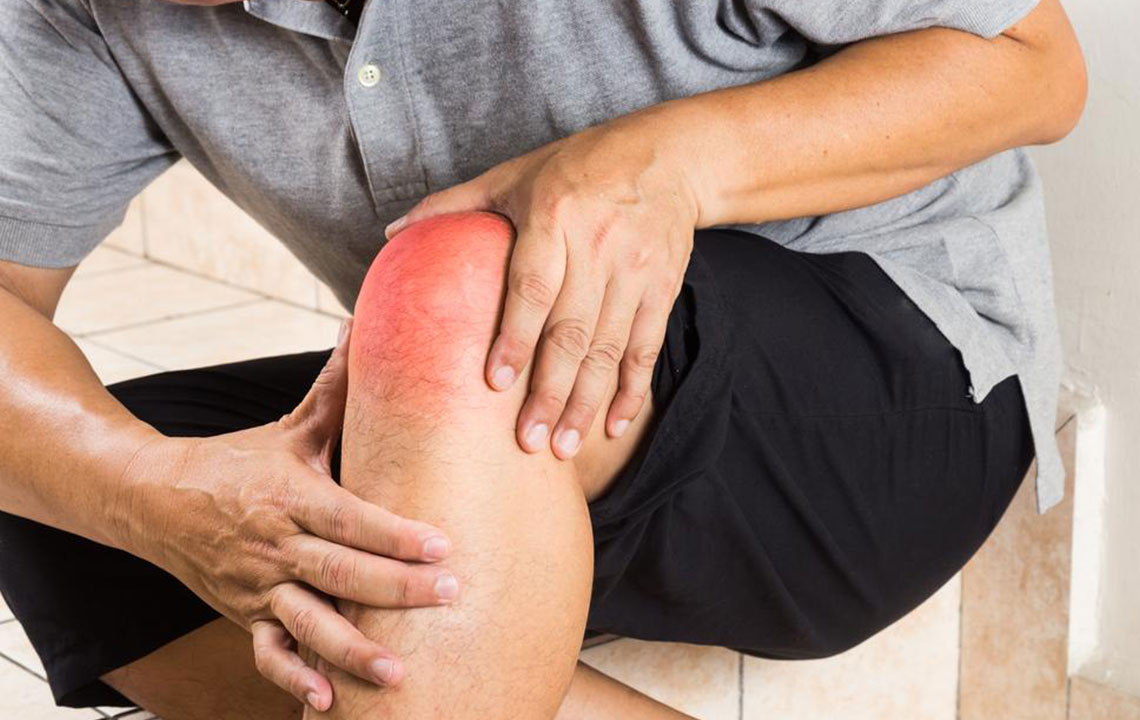
Understanding the Common Causes and Symptoms of Knee Discomfort
The knee joint is one of the most complex and vital parts of the human body, allowing for mobility and weight-bearing activities. Knee discomfort or pain is a common issue that affects individuals across all age groups, from young athletes to older adults. The origins of knee pain are diverse, ranging from minor strains to serious injuries, making accurate diagnosis essential for effective treatment. Whether caused by sports injuries, repetitive movements, degenerative conditions, or traumatic events, understanding the underlying causes and recognizing symptoms can significantly improve management and recovery outcomes.
Many factors contribute to knee discomfort, and identifying these can help in seeking appropriate care. This in-depth guide explores the most prevalent causes of knee pain, their symptoms, and recommended actions for those affected.
Meniscus Tear: The Hidden Cartilage Injury
A meniscus tear is a common injury involving the cartilage pad situated between your thigh bone (femur) and shin bone (tibia). The meniscus acts as a shock absorber, stabilizing the knee and distributing weight evenly across the joint. Meniscus tears often occur during twisting motions or sudden pivoting, especially in sports like basketball, football, or skiing. Symptoms typically include joint locking, swelling, tenderness, and a sense of instability or weakness. Severe tears may require surgical intervention, such as meniscectomy or repair, to restore function and prevent further deterioration.
Osteoarthritis: Age-Related Degeneration and Beyond
Osteoarthritis is the most frequent cause of chronic knee pain, predominantly affecting older adults, but it can also impact younger individuals due to genetic factors, previous injuries, or excess weight. It results from the gradual wearing down of cartilage—the protective tissue that cushions bones during movement. As cartilage degenerates, bones begin to rub against each other, causing pain, swelling, stiffness, and reduced mobility. Symptoms may worsen over time, making daily activities challenging. In addition to age, factors like obesity, joint injuries, and hereditary predisposition can accelerate osteoarthritis development. Other joint conditions such as rheumatoid arthritis, characterized by inflammatory tissue and joint swelling, and post-traumatic arthritis following injuries, also contribute to persistent knee pain.
Knee ligament injuries, involving sprains or complete tears of ligaments such as the ACL or MCL, are frequent causes of acute pain and instability. These injuries often happen during sports involving sudden stops or directional changes and may require surgical repair or physical therapy.
Bursitis—an inflammation of the bursae (fluid-filled sacs that cushion the knee)—commonly results from overuse or trauma, leading to swelling, warmth, and pain.
Dislocated kneecaps, which occur from direct impacts or falls, lead to misalignment, intense pain, swelling, and difficulty moving the leg.
Iliotibial (IT) band syndrome, prevalent among runners and cyclists, involves inflammation of the thick band of tissue running from the hip to the outer knee, causing lateral knee pain.
Loose fragment cartilage within the joint can cause catching, grinding sensations, swelling, and pain, especially after activity. Osgood-Schlatter disease affects adolescents experiencing growth spurts, producing a tender bony bump below the kneecap that worsens with activity. Patellar tendinitis, often called 'jumper's knee,' is an overuse injury affecting athletes engaged in jumping sports, involving inflammation of the tendon connecting the kneecap to the shinbone. Patellofemoral pain syndrome arises from muscle imbalances or tightness, leading to misalignment of the kneecap, buckling sensations, and discomfort, notably common among males.
In cases of persistent or severe knee pain, consulting with healthcare professionals is vital. Early diagnosis and targeted treatment can improve recovery prospects and prevent long-term damage.

